Guide H-185
Casey Spackman and Leslie Beck
College of Agricultural, Consumer and Environmental Sciences, New Mexico State University
Respectively, Extension Range Specialist, Department of Extension Animal Sciences and Natural Resources; Extension Weed Specialist, Department of Extension Plant Sciences, both of New Mexico State University. (Print-Friendly PDF)
INTRODUCTION
Plant identification is like a puzzle; the more pieces that are put together, the more complete the picture. Traditional plant identification involves submitting a whole plant sample (plant + flowers + seedheads/pods + root system) to a diagnostic facility. Experts then have all the puzzle pieces needed for identifying the plant. With the rapidly evolving digital world, and a camera in nearly every pocket, photographic plant submissions are becoming ever more common. However, a photo may only capture a single view or piece of the identification puzzle. Additionally, pictures are frequently taken without the level of detail required for experts to adequately use identification keys, such as in the Flora Neomexicana III (Allred et al., 2020) for accurate identification. This article is intended to give tips and tricks for the photographic submission of plants that will potentially save time for both the inquirer and the identifier.
Extension personnel at New Mexico State University (NMSU) enjoy using their plant knowledge and experience to identify unknown plants for clientele. A combination of high-quality pictures of a plant while vigorously growing, combined with a complete plant specimen for physical examination, is preferred. Nevertheless, when a physical plant specimen cannot be collected, high-quality pictures of plants can be used effectively. This publication includes helpful hints for taking pictures of plants and how to submit those photos for identification.
Taking Photographs
Ideally, search for a live, mature, and complete (i.e. have flowers/seedheads, entire leaves, roots for herbs and forbs or fruits) plant specimen to photograph. Dead, immature, or incomplete specimens can still be submitted but are more difficult to properly identify.
Set the camera to the highest resolution with the largest file size.
Make sure to have enough storage capacity in the camera. Multiple high-resolution pictures with the plant in clear focus are needed.
Take a picture of the whole plant, which shows characteristics like plant structure and size (Fig 1.).

Sometimes it is best to include a scaled size reference (i.e. coin or dollar bill, keys, ruler, etc.) in the photograph to help determine the plant’s actual size.
After taking a picture of a complete plant, move the camera closer to the plant. The part of the plant being photographed should fill most of the picture. A white or light blue backdrop can be held behind close-up photos to give better contrast and focus to the details of the photos.
It is helpful to have pictures of as many plant parts as possible. Take the following pictures if available:
and 6)
On touchscreen cameras like mobile phones, it is often necessary to hold the camera steady and touch the point on the screen displaying the specific part of the plant being photographed to provide maximum focus.
Review pictures before leaving the site where the plant is located so that pictures can be retaken as necessary.
To ensure pictures clearly display the level of detail needed for plant identification, ask the following questions:
Notes on the Environment of Plant
Take notes about the location and environmental setting of where the plant grows. This information should be included with photo submission and is important with plant identification accuracy. Include facts about the location, environmental use and conditions, plant condition and how it is used, and other information that may be helpful. Examples of information to include can be found in Table 1.
|
Table 1. Environmental information to include with examples when submitting plants for identification |
|
|
Information |
Examples |
|
Locality |
Dona Ana County, NMSU Leyendecker Farm. |
|
GPS coordinates |
32.199167, -106.741944 |
|
Elevation & Slope |
3860 feet or 1177 meters; steep, moderate, flat, variable |
|
Land Type |
Rangeland, cropland, pasture, orchard, forest, garden, urban landscape, turf, parks and recreation, roadway, industrial |
|
Land Use |
Grazed or non-grazed, dryland or irrigated, intensively cultivated, wetland, non-use |
|
Soil Characteristics |
Heavy soil (e.g., clay), light soil (e.g., sand), gravelly, gypsum, alkali, dry, wet, compacted |
|
Plant Characteristics |
Mature or young, flowering or bearing fruit, green or withered |
|
Other information |
Arroyo, mesa, playa, cliff, in ditch, along fence, within crop |
Photo Submission
Submit photos and all descriptive words and information through email to your county Extension Agent, appropriate Extension Specialist, or to the NMSU Plant Diagnostics Clinic with a downloadable submission form (https://aces.nmsu.edu/ces/plantclinic/documents/nmsu-pdc-form-012-001-plant-specimen-submission-form.pdf).
Email the pictures as attachments rather than embedded in body of the email. Attached pictures are easier to zoom in and magnify on computer screens when examining minute details.
Ensure that the original file size of the picture is maintained during the emailing process. Check that the software used to email the pictures does not reduce the file size from that of the original picture.
Picture file sizes should be in the megabyte (MB) range, which means that multiple emails may be required to send several original-size pictures. The maximum size of an email sent within the NMSU email system is 30 MB. If the email is not delivered or “bounced back”, you will need to send more emails with fewer attached pictures per email. Additional sharing options other than email (e.g., Dropbox) are available. Contact the intended recipient for these options to make sure their company firewalls and security features will allow the download of images from these sources.

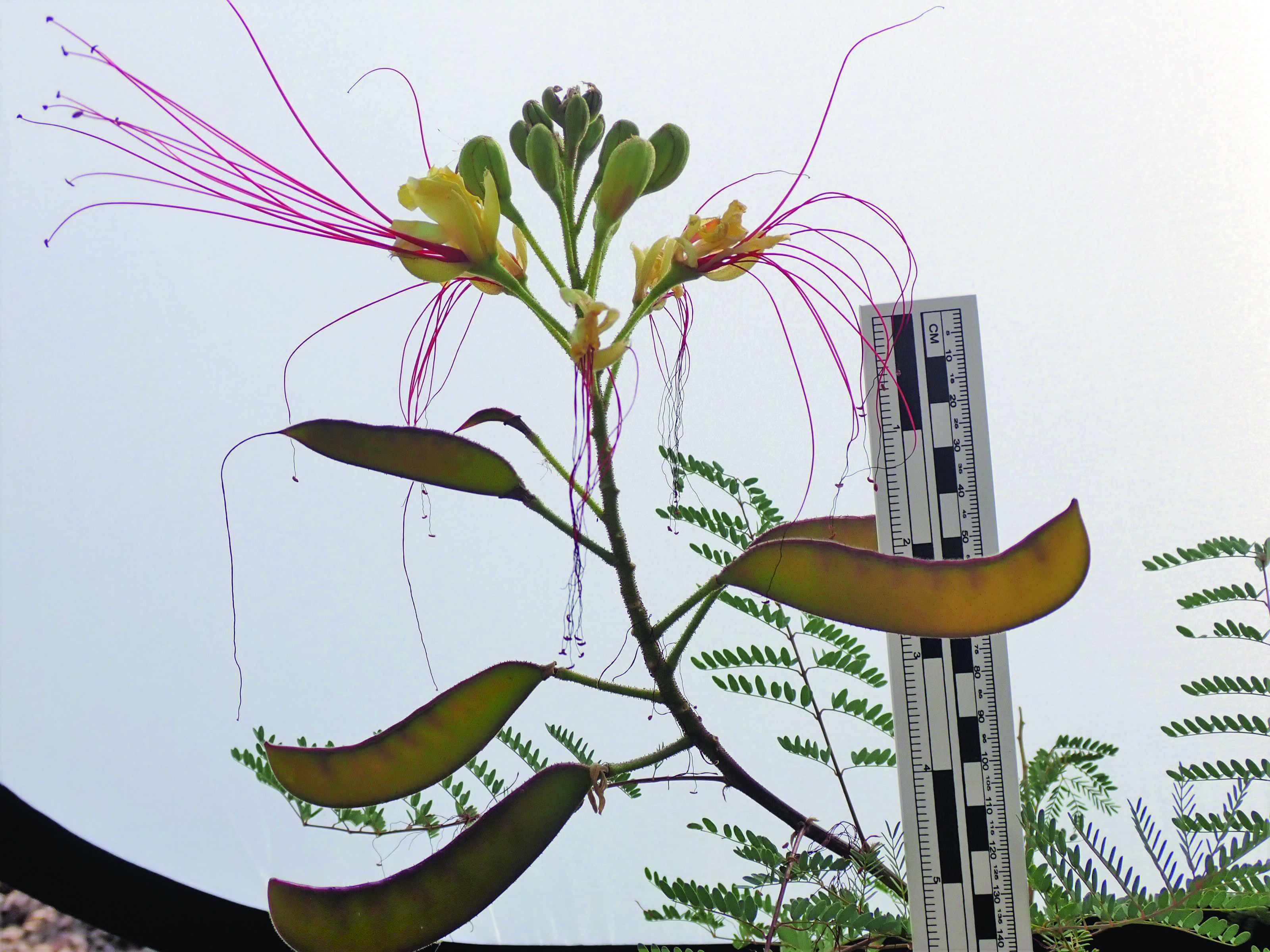
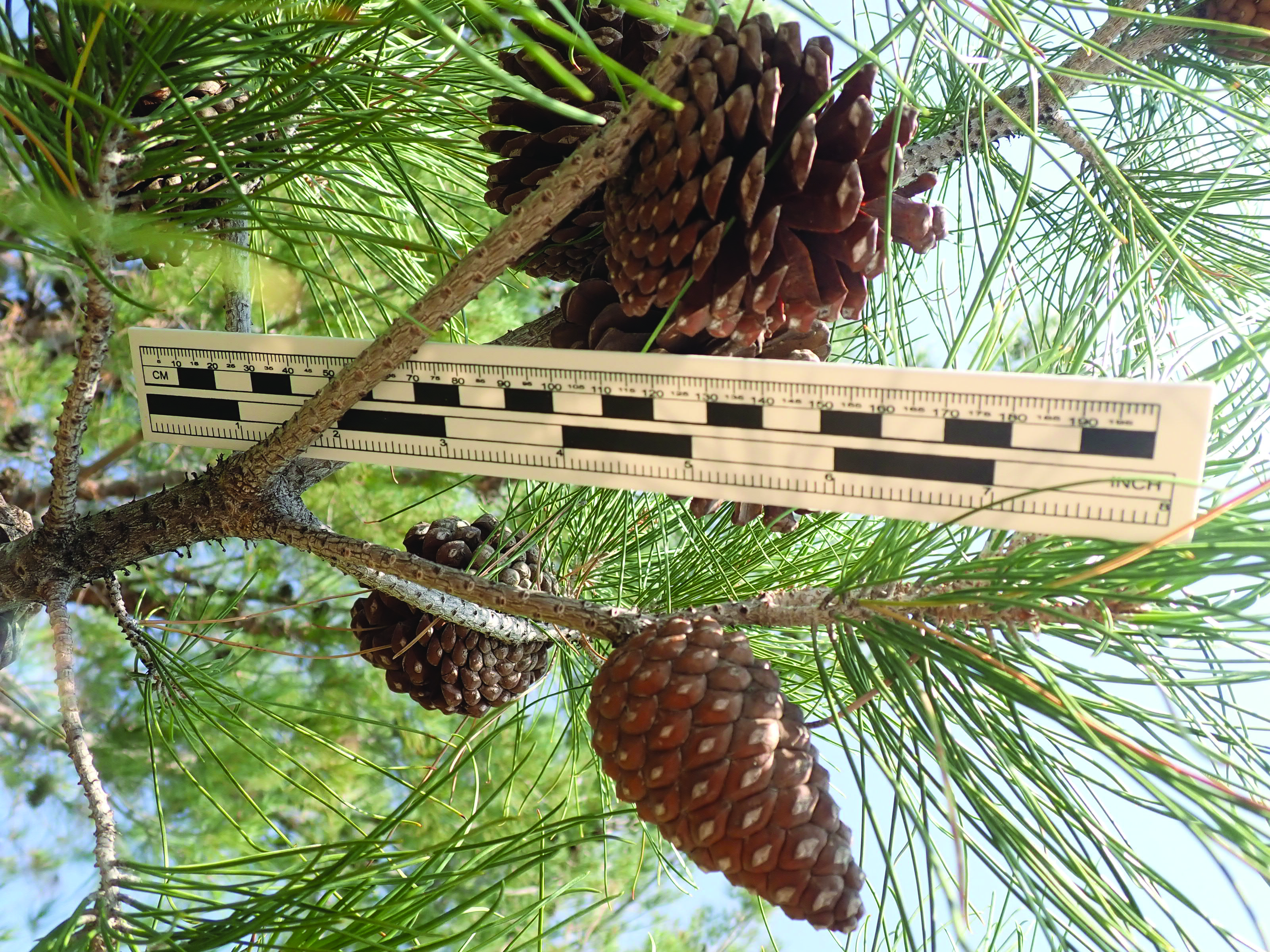
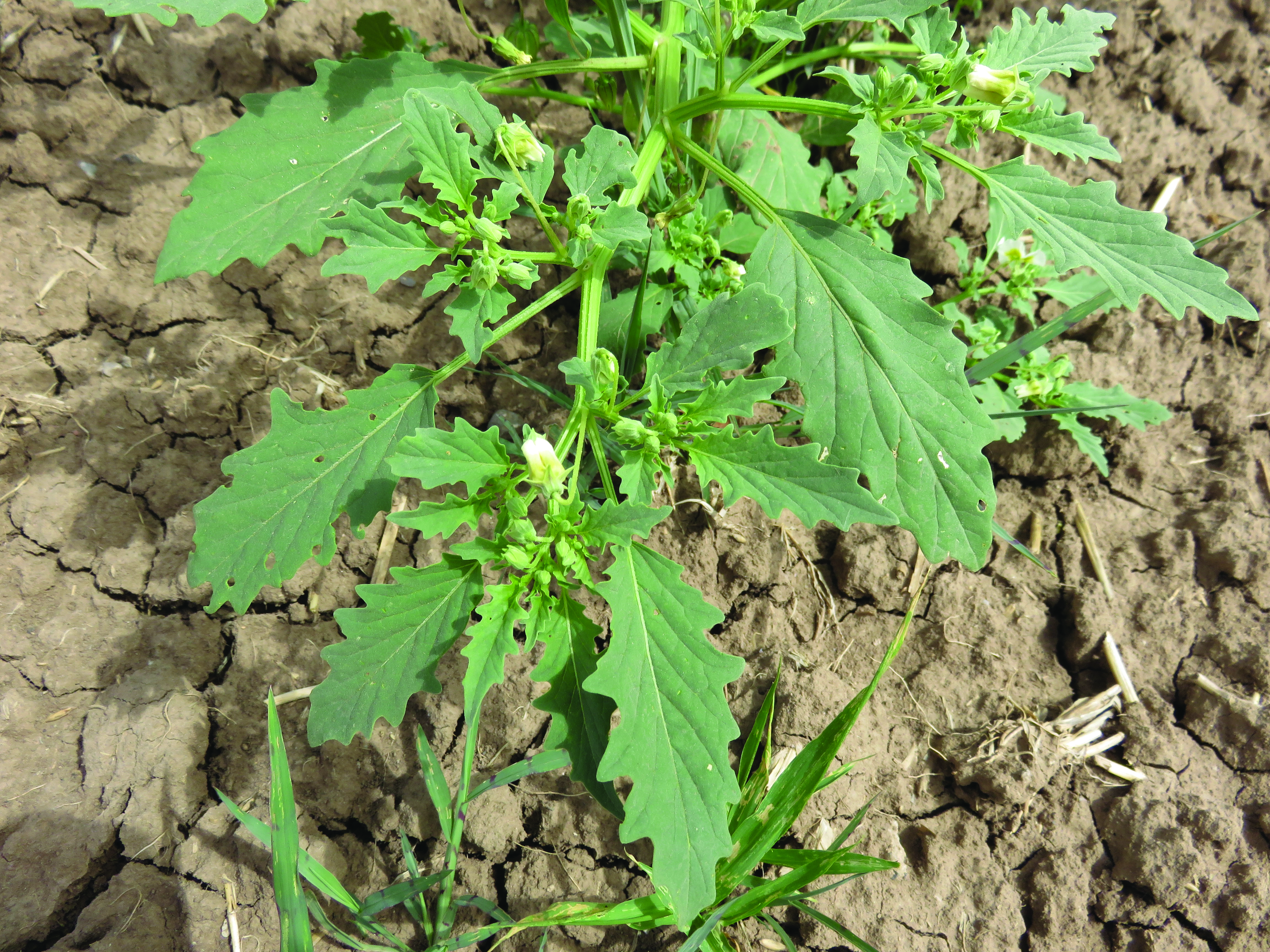

Figure 6 Leaves, backside and hairs (Courtesy Kert Young)
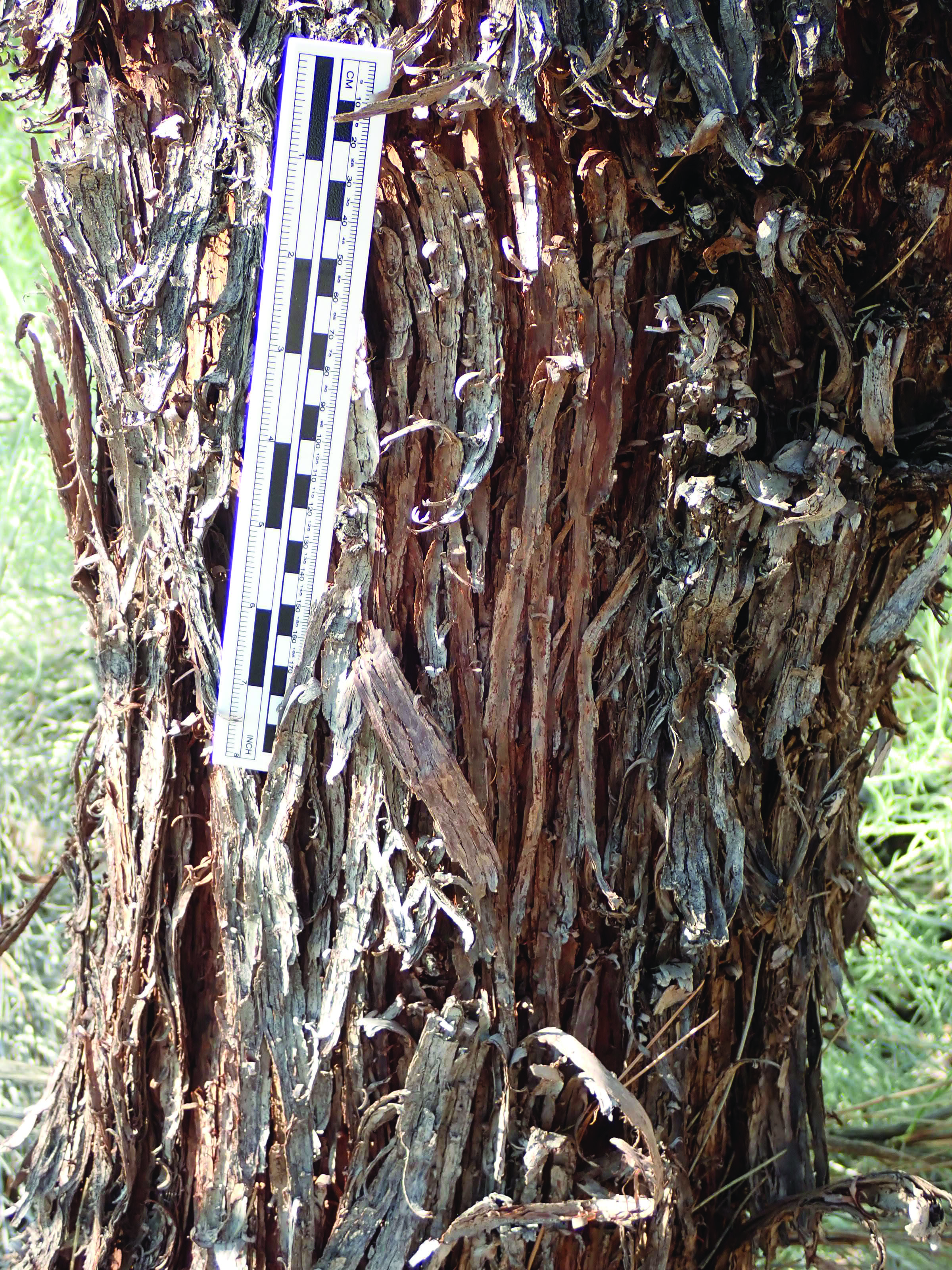
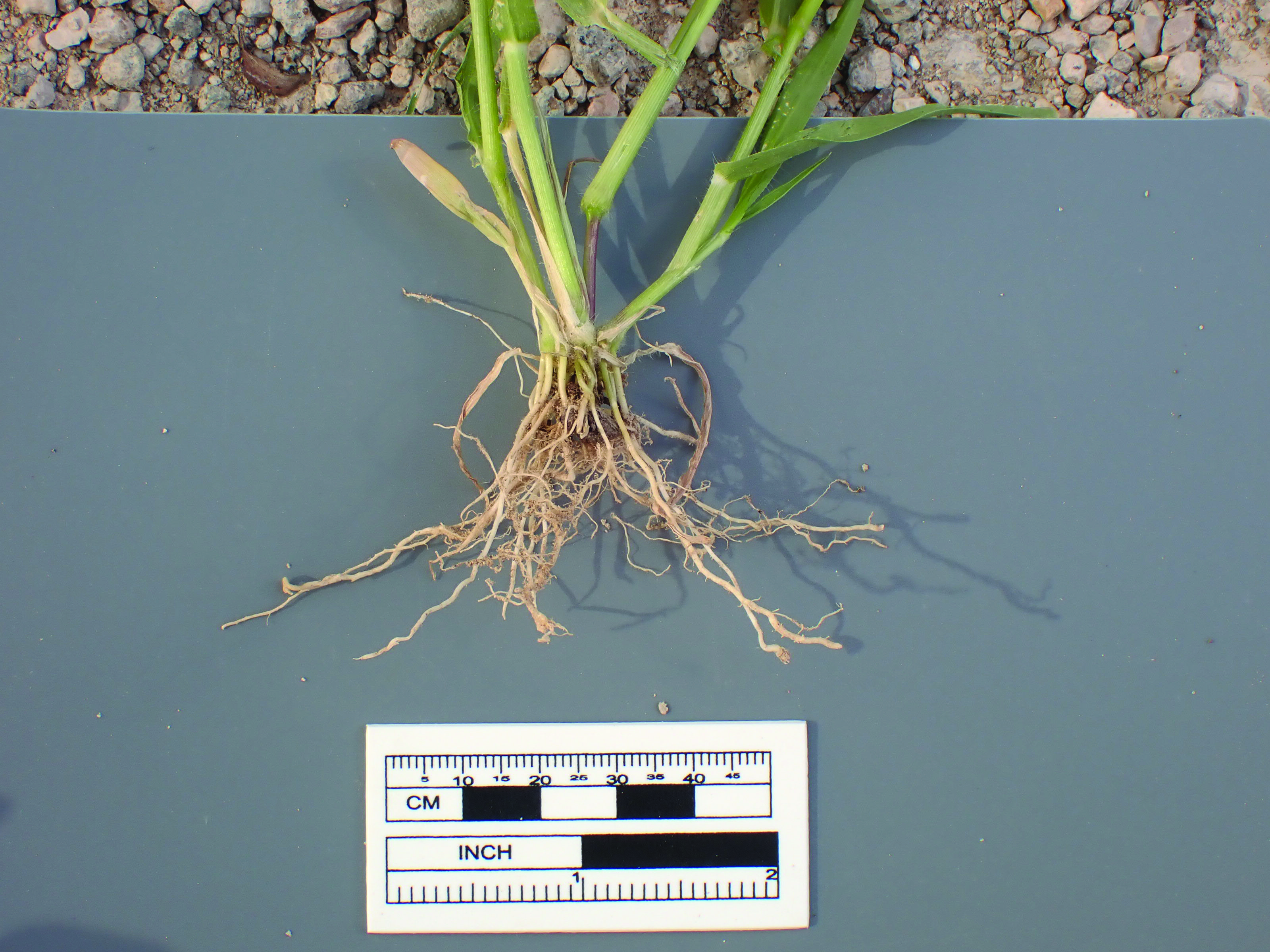
We acknowledge and thank former NMSU Extension Specialist Kert Young for his editing and photo contributions.
References
Allred, K.W., Jercinovic, E.M., Ivey, R.D., 2020. Flora Neomexicana III : An Illustrated Identification Manual, 2nd ed.
 Casey Spackman is an Assistant Professor and Extension Range Management Specialist at New Mexico State University. He earned his Ph.D. at Utah State University. His Extension efforts aim to assist producers, land managers, and agency personnel in monitoring and developing management objectives that maintain or improve natural resource health and sustainability.
Casey Spackman is an Assistant Professor and Extension Range Management Specialist at New Mexico State University. He earned his Ph.D. at Utah State University. His Extension efforts aim to assist producers, land managers, and agency personnel in monitoring and developing management objectives that maintain or improve natural resource health and sustainability.
 Leslie Beck is the Extension Weed Specialist at New Mexico State University. Her research program focuses on integrated weed management systems in landscape, horticultural, and agronomic crops. Her Extension work provides the citizens of New Mexico with accurate, applicable, and effective weed identification and management strategies in multiple cropping systems.
Leslie Beck is the Extension Weed Specialist at New Mexico State University. Her research program focuses on integrated weed management systems in landscape, horticultural, and agronomic crops. Her Extension work provides the citizens of New Mexico with accurate, applicable, and effective weed identification and management strategies in multiple cropping systems.
To find more resources for your business, home, or family, visit the College of Agricultural, Consumer and Environmental Sciences on the World Wide Web at pubs.nmsu.edu/
Contents of publications may be freely reproduced for educational purposes. All other rights reserved. For permission to use publications for other purposes, contact pubs@nmsu.edu or the authors listed on the publication.
New Mexico State University is an equal opportunity/affirmative action employer and educator. NMSU and the U.S. Department of Agriculture cooperating.
April 2024 Las Cruces, NM


